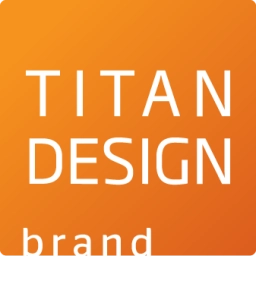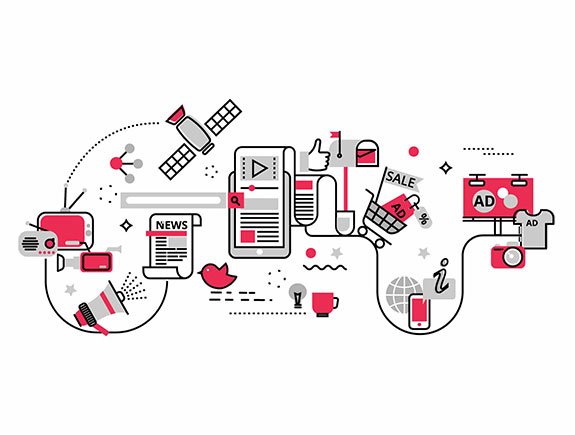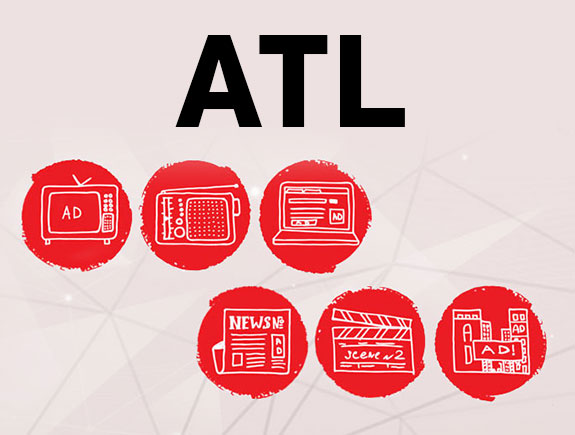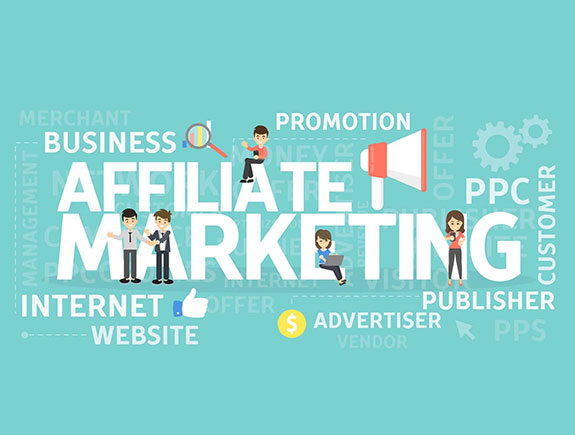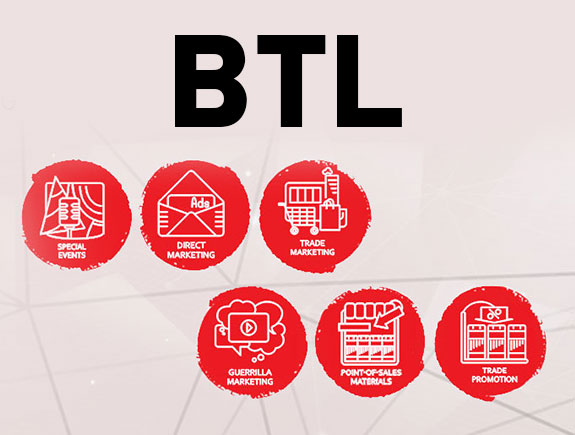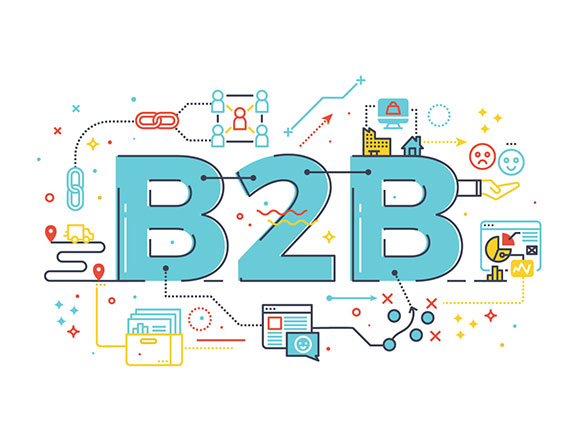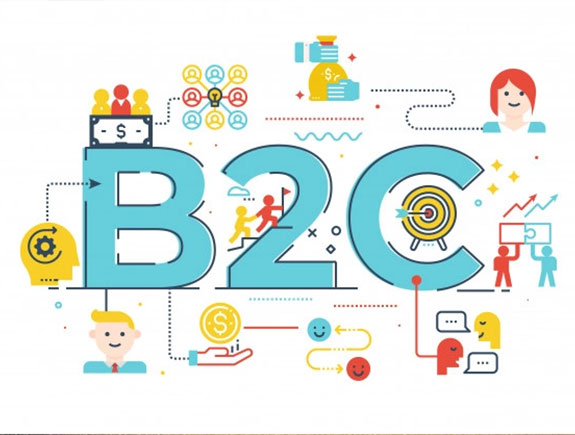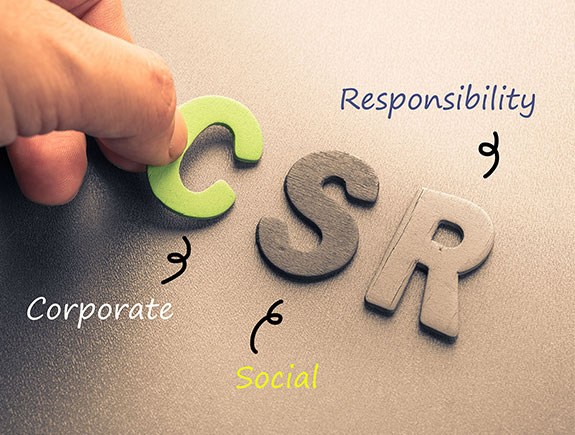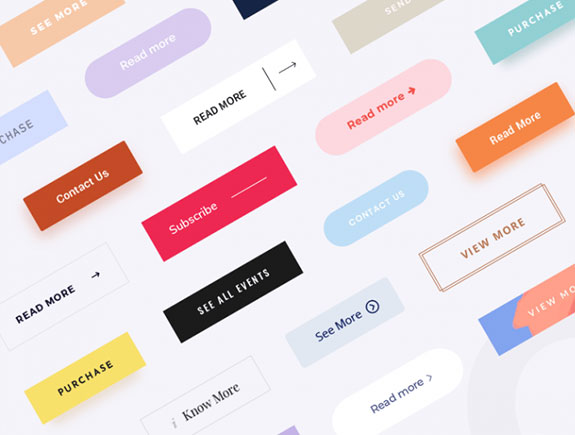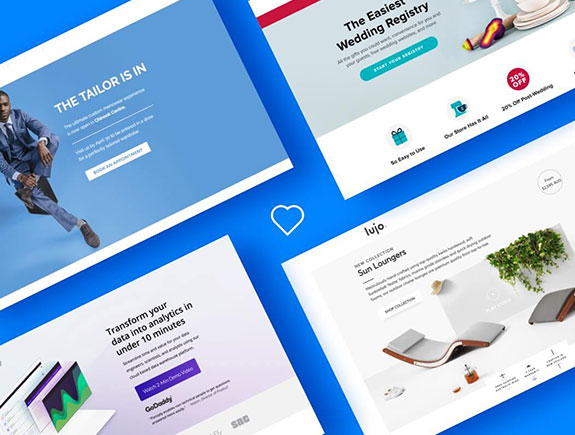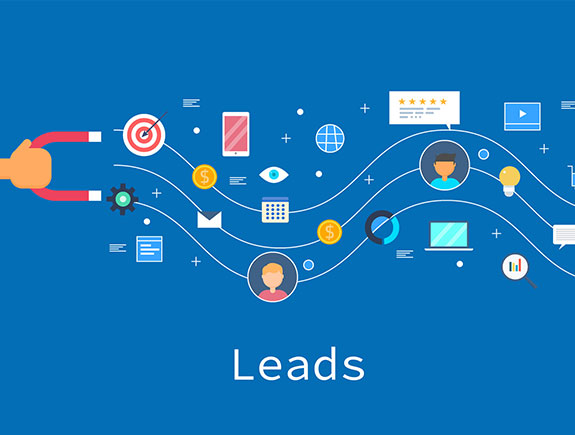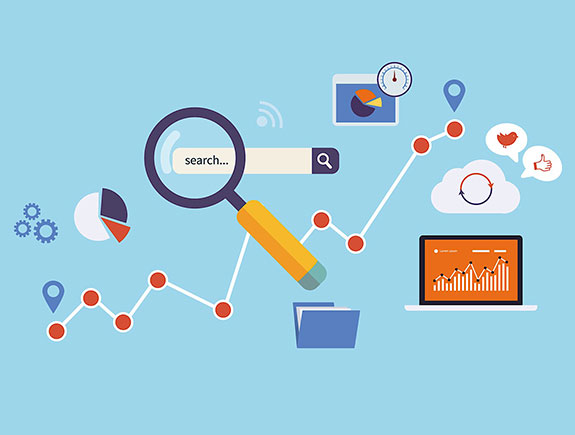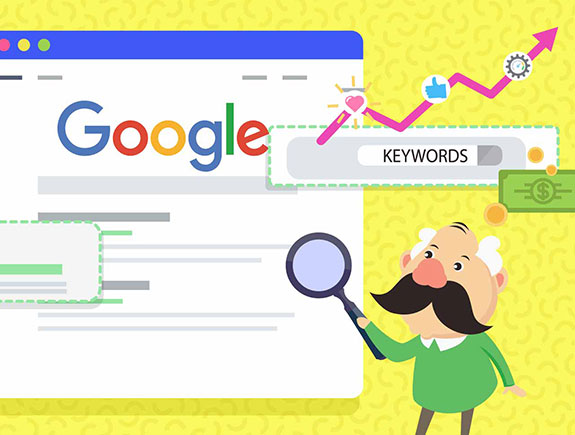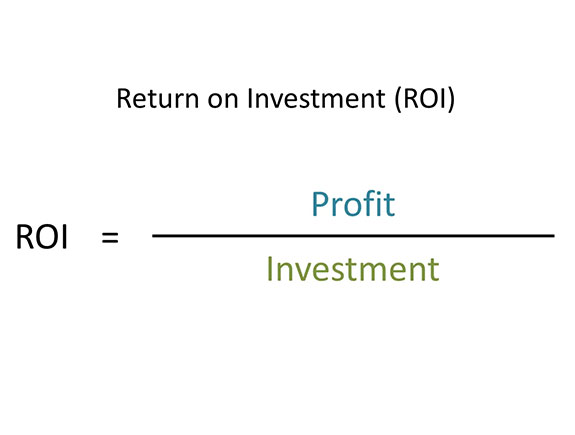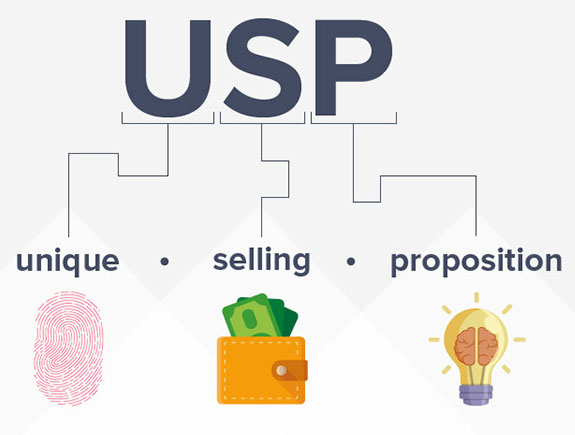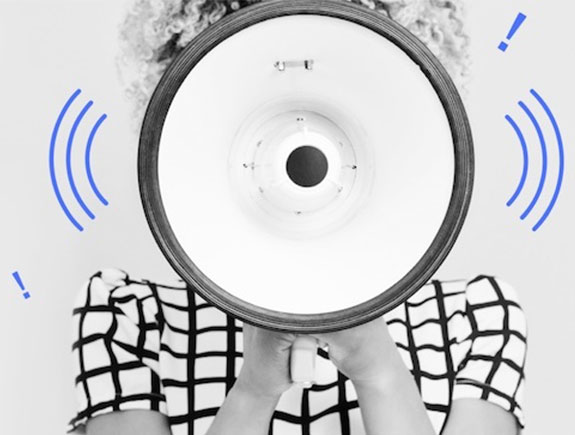Marketers often use abbreviations, common people are not able to understand. B2B, B2C, ATL, BTL, CTA…someone considers them as a combination of letters and numbers while experienced marketers understand these and allow them to save their time, and exchange thoughts, ideas about future strategies and plans with their colleagues fast. Most of these abbreviations are of English origin and we kept them in their original form.
To help our clients understand (when we have meetings, calls with them) all these marketing terms, we have decided to write this text to explain the meaning of some of the most frequently used terms and phrases. This text will list some of the general terms used in marketing that everyone should be familiar with, while for some specific fields (content writing, social media marketing, etc) we will write especially dedicated texts and clarify the most relevant terms in those fields.
There is one thing we would like to make clear – this special jargon is used to let the communication flow easily and faster and for the marketing people to understand themselves better. To secure clear communication between us and our clients, we are open to offering explanations for basic marketing terms.
Titan Design prioritizes clear client communication so we can learn from each other and trust each other. We can achieve great results only when all these conditions are met. For all these reasons, dear clients, please read the following text about some of the most relevant marketing terms. Learning them will better our communication.
Marketing glossary for beginners
ATL – Above the line
Marketing activities, with the undefined target audience, target a broad audience just to increase brand awareness. Advertising campaigns we can see on TV are surely marketing activities targeting broad, undefined audiences, and they are good for home products (cleaning products, chocolate, wine). Agencies follow the ratings of different televisions and decide where to place the client’s commercial because the most important principle of the ATL companies is to be seen by as many people as possible. Besides television, there are other mass media as part of ATL, such as printed media, radio, OOH (out-of-home; billboards, etc).
Affiliate Marketing
Type of marketing, based on the connection of an online advertiser and someone who has a website publishing certain content. In short – a blogger or an influencer recommend a product or a service of a brand in their post, publish it on their social channels (all links are directed to the site of that brand) they get the percentage from sales, each time someone clicks on the link (actually use the discount code) and make a purchase in this way. This type of activity brings popularity to a brand in exchange for a bit of investment.
BTL – Below the line
Marketing activities addressed to narrowly defined target audiences based on demographic, geographic, and other characteristics. This type of activity is called one-to-one promotional activity. Promoters get into direct contact with the consumers and offer them products in an unconventional way. This could be sharing flyers, promoters give information about products in public events, telemarketing, etc.
B2B – Business to Business
This term shows the goal of a company in terms of collaboration, in this case, B2B means a company sells its services to other companies (the example could be various software solutions or apps, sold to other companies). Google is a great example for B2B.
B2C – Business to Consumer/Customer
These are companies that sell their products or services directly to their consumers. Examples: Apple, Nike, etc.
CSR – Corporate Social Responsibility
Socially responsible companies with high awareness about challenges the society is dealing with and the community. Their aim is to realize the problems and work on their solution. This way they get amazing publicity.
CTA – Call-To-Action
A word that invites you to take some action, a sentence addressed to you specifically, a picture that could motivate you, a button you should click – all these are examples of a CTA, but the most common examples are: follow us, tag three friends if you want this present, for more info, click this link, etc. all these sentences are important as they invite consumers to do something concrete in a simple way and explain in a very simple way what could they get in return if they take an action. This is also the best way to get more leads on a landing page. Some of these leads will become your buyers and this in fact represent the conversion.
If you are interested in increasing your conversions, feel free to contact us and book an appointment. Btw, this s a CTA as well!
Digital Marketing
Digital marketing uses electronic devices to transmit promotional messages and measure their effectiveness. It encompasses campaigns on computers, phones, tablets, and other devices, in formats such as online video, display ads, and social media posts.
E-commerce
E-commerce involves buying and selling goods and services over the internet. It begins when a potential buyer discovers a product and continues through purchase, use, and ideally, long-term customer loyalty. Successful e-commerce operations leverage data and apply best practices such as targeted email marketing, audience segmentation, and marketing automation.
Facebook Ads
Ads are displayed exclusively through Facebook’s advertising platform. They can appear in the Facebook feed, Messenger, and even on apps and websites not owned by Facebook. Available in various formats—single image, video, slides, among others—and can be targeted towards highly specific audiences.
If you’re interested in learning more about the Facebook Reels format, we’ve already covered it extensively on our blog, so take a look.
Google Remarketing
Also known as retargeting, Google remarketing is technology that allows your Google ads to track potential customers as they browse the internet. When a user visits your website, a small piece of code adds them to a remarketing list. Then, when they visit another website using the Google Ad network, they see your ad. Google enables you to customize who sees your remarketing ads. For instance, you can prioritize new or returning customers.
Hashtag
The hash sign (#) used before a word or phrase to tag content and facilitate its discovery. Hashtags are common on social media and are used to link posts on similar topics. If you’re unsure how to use them effectively, our blog covers this topic where you can learn how to use hashtags on different platforms.
Instagram Ads
Posts on Instagram promoting a company’s products or services. Posts can appear in the Instagram feed, Story, or both formats. They can include images or videos, along with text and a link to the company’s website of choice. The main advantage of advertising on Instagram is leveraging data that Facebook users provide about themselves to target a highly specific audience (Facebook is Instagram’s parent company).
If you want to understand how the Instagram algorithm works, we’ve extensively covered it on our blog, so our article will provide you with more information.
KPI – Key Performance Indicator
KPI is a very significant number indicating how successfully we run any campaign, project, or overall business. This is a multilayered concept, gathering numbers from different segments. These indicators should be defined before starting a campaign. When it comes to marketing campaigns, then KPI is related to measuring strategy goals, so it can count interactions on social channels, strive to increase the number of comments by 30%, sharing videos by 10%, etc.
Landing Page
Specially created page the buyer could enter by clicking the link in an email, or clicking the social media ad. The goal of a landing page is to connect potential buyers with information, products, or services offering the value the buyer needs at that specific time. Of course, precise targeting is needed. In other words, a landing page is specially built for specific needs, certain campaigns, or product purchases.
Leads
Leads are people interested in your products or services. It is mostly used in B2B type of business. You can get to leads via social media, where they see a certain ad, click on it, go to a special landing page, fill in the contact form, give their personal data. Later, a marketing team brings the decision whether they have a good potential to become buyers and whether they should reach these leads via retargeting.
Marketing Automation
Marketing automation allows technology to take over repetitive tasks, freeing up people to focus on strategy. Technology can automatically send scheduled emails, post on social media, and optimize ad campaigns based on their performance. This enables marketing teams to execute their strategies more efficiently and precisely.
If automation is part of your business, you may need additional resources, so be sure to read our blog on applications, tools, and websites for social media managers.
Narrowcasting
Sending a media message to a highly targeted audience. Opposite of broadcasting, narrowcasting is also considered a form of market segmentation. Narrowcasting has existed since the radio era and in modern practice includes traditional direct mail, TV, email marketing, paid search, online video, and marketing at live events. Trade shows can also be a particularly valuable forum for B2B marketing.
Organic Search
Organic search assumes search results potential buyers get when they type a specific term in the browsers. These browsers define the place and page a certain website will position on. A better position could be achieved via SEO, i.e., content optimization for browsers. It includes searching and adding keywords to website content (of course, the ones relevant for a specific niche), next, content writing in accordance with the SEO rules, text formatting in a certain way, adding alt text, etc.
Paid Search
Paid search presenting a type of online advertising, showing up in a browser when someone types particular keywords. What makes it different from organic search is the fact a company paid to position better for chosen keywords. It is clearly visible as these ads have “ad’ on the left side. A paid search works on a PPC (Pay-Per-Click) which means it takes off the money each time someone clicks on the ad.
Questionnaire
A set of questions on a specific topic used for research purposes. Questionnaires are often used in digital marketing to gather feedback on user experience (UX). For example, you can send a questionnaire after a user completes a purchase to find out if they encountered any issues during the checkout process. Marketers also frequently use questionnaires after someone unsubscribes from a newsletter or other mailing list.
ROI – Return on Investment
ROI assumes calculating how much the marketing investment, advertising, campaigns, etc, will pay off and what the profit is. There is a special formula for calculating the ROI, and you can find it on the internet. Though, it is not possible to define how much money should be invested and what the profit would be, even despite the formula.
SEO (Search Engine Optimization)
Changes made to a website’s content and structure to improve ranking on search engine results pages (SERP). Search engines recommend using relevant keywords in titles (H1) and subtitles, “friendly” URL addresses with keywords instead of strings of numbers, and marking up schema to make results richer and more detailed.
Target Group
Another essential term. Target audience is a frequently used term, and it defines a group of people we address our campaigns, and ads to. This audience could be chosen in two ways: based on gender, age, location, hobbies, interests, marital status, etc. some experts tend to think this concept is outdated and in the last few years, these experts rely more on a buyer persona. This term defines a perfectly created avatar of a buyer we address to, with clear and detailed information on our imaginary buyer.
USP – Unique Selling Proposition
Why should consumers buy your product? The answer to this question is its explanation at the same time. Commercials should emphasize the value consumers will get with your product. This is also one of the questions addressed to our clients when we talk about collaboration for the first time because we want to understand the product and the value it offers.
Vision
A brief description of a company’s goals for the future. Vision statements typically have high aspirations, serving as motivation for employees while guiding decision-making in daily operations. Vision statements (future goals) are often paired with mission statements (current goals) and value statements (how the company achieves all its goals).
WOM Marketing – Word-of-Mouth Marketing
Last but not least important, WOM term. It is also a good way to pass the information on a specific product or service, as it is the most authentic and persuading way for promotion. Though earlier it was impossible to measure it. Today it is even possible. Let’s take Influencers as an example, passing information on their social channels on specific products, experts and/or famous public figures people trust, who brings the story about a specific product, user-experience, etc, – this impact the Influencer could bring on his/her followers is so huge and brings the best type of recommendation consumers to appreciate.
YouTube Advertising
Video ads that appear on YouTube. Since Google owns YouTube, this type of advertising shares many characteristics with Google Ads, with one major difference: they are video content. Ads can appear before (“pre-roll”) or after (“bumper”) the video a user has chosen. They can also be inserted into the middle of a playlist (“TrueView”) or a video longer than 10 minutes (“mid-roll”). YouTube ads can be paid per click (PPC) or per view, depending on their length and position.
